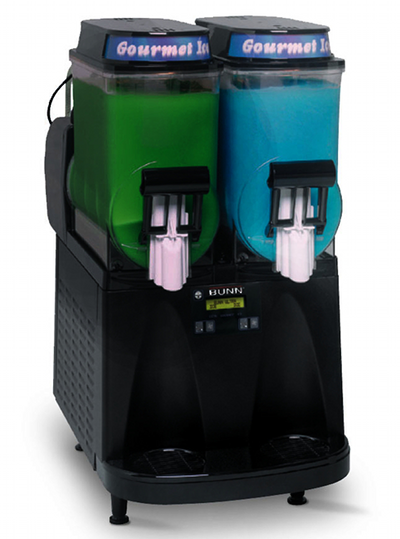Beverage Solutions

With over 30 global patents, Gate’s CFV Beverage Systems™ will play an important role in the future of beverage dispensing and distribution, starting from production in the flavor house and ending with consumption by the final consumer. Gate aims to open up new markets for beverage machines and beverage providers by changing the way beverage machines are designed and syrup is distributed. Use of the Gate CFValve™ in conjuction with Gate CFV Beverage Systems™, will result in a dramatic reduction in the cost of infrastructure, maintenance and distribution across the industry.
NSF Approved


Multi Outlet/Faucet Control
It is important to note that variations in water pressure, as well as pump pressure variations of any fluid, do not effect the CFValve™'s performance or flow rate. Opening one or more faucets that are catered to by a CFValve™ will ensure that the flow rate of individual faucets/outlets is not materially effected.
Arrests Hammer
“Water hammer, or more generally, Fluid hammer is a pressure surge or wave caused when a fluid usually a liquid but sometimes also a gas in motion is forced to stop or change direction suddenly. Water hammer commonly occurs when a valve closes suddenly at an end of a pipeline system, and a pressure wave propagates in the pipe. It’s also called hydraulic shock.”
The Gate CFValve™ arrests hammer, while also acting as a dampener to absorb the force if hammer is created somewhere else in the system.
When flow is suddenly shut off upstream of the CFValve™:
• The CFValve™ closes relatively slowly. As the input fluid pressure degrades, the spring loaded diaphragm slowly closes until it is fully seated on the sealing ring. Because there is no sudden closure, there is no possibility of the occurrence of hammer.
When flow is suddenly shut off downstream of the CFValve™:
• As the back of the diaphragm is open to the atmosphere, the diaphragm will act as a dampener, absorbing the force and stopping the hammer.
Pressure “Bridging”
When the fluid flow is shut off downstream of the CFValve™, the CFValve™ will close internally, thus reducing the valve and anything downstream to the full line pressure on the input side of the CFValve™. This bridging pressure is approximately 150% of the CFValve™ operating pressure. Once the downstream flow is restarted, the CFValve™ returns to its normal operating state. For example: A CFValve™ with an operating pressure of 14.5 psi and an input pressure of 50psi – when the downstream flow is closed the internal pressure in the CFValve™ and downstream raises to about 22 psi while the input pressure remains at 50psi.

APPLICATION OF THE MONTH



